History of the Alfa Romeo Giulia 162 series
In 1982 Alfa Romeo launched two new projects, 162A and 162B, Alfa 90 and Alfa 75 respectively. The company's economic crisis was now evident and to minimize project costs they tried to reuse as much as possible what they already had at home, the mechanics used in the Alfetta and the Juliet. Code name of the project of what later became the Alfa 90 was "K2" and "K1" the one for what later became 75 (name that will be chosen in honor of the 75th anniversary of the Arese house).
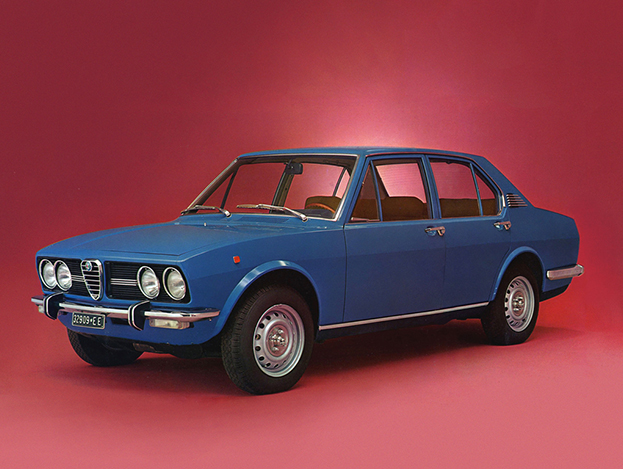
Alfetta
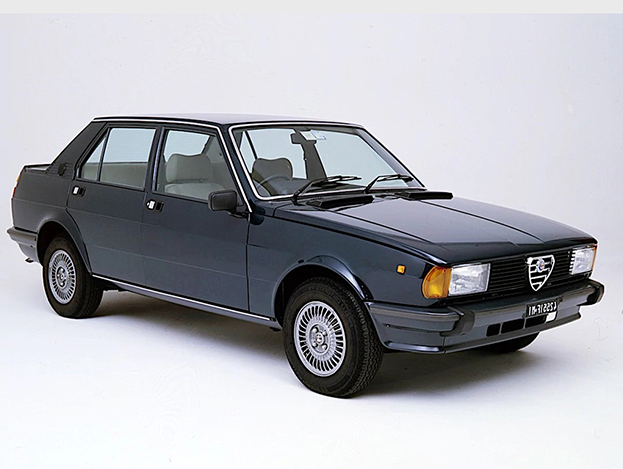
Giulietta
The "K2" resumed without changes the transaxle mechanical arrangement, wishbone front suspension, De Dion rear axle, four-wheel disc brakes from Alfetta, but also a good part of the frame with part of the external sheet metal and the "doorway". Bertone was commissioned to improve the external appearance with elegant, sober and square lines. He redesigned the front with new lights and improved aerodynamics using a retractable spoiler which fell due to the air pressure under the front bumper. For engines heavier power steering was adopted (optional for those less equipped) and improved considerably the gear lever. In addition to "special" accessories for the top of the range such as the instrumentation fluorescent optoelectronics and briefcase in the glove compartment.
The Alfa 90 presented at the Turin Motor Show in September 1984 was not very popular with the public, who considered it only a restyling of the Alfetta, albeit substantial. How to blame him. For the management Alfa Romeo, on the other hand, was to become the upper-middle-class model of the range to be produced until the 1990s, this had also determined the choice of the name, but the model remained in the list for only three years e it was withdrawn earlier than expected to make room for the 75 which shared chassis and mechanics and the newborn 164. However, the technical and stylistic qualities of this car cannot be forgotten or ignored and it cannot be labeled as a car not worthy of the history of Alfa Romeo, indeed quite the opposite.
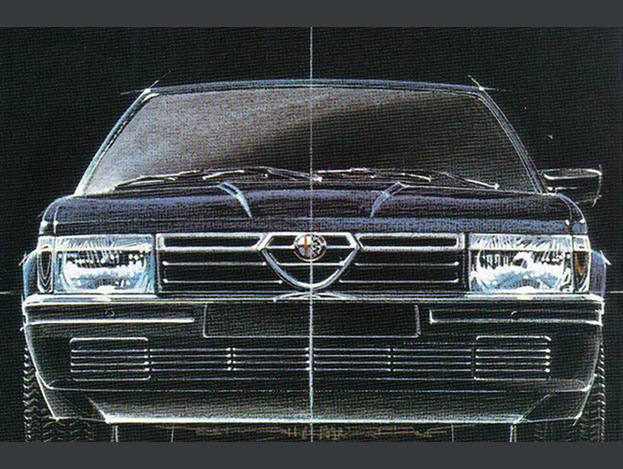
Disegno frontale
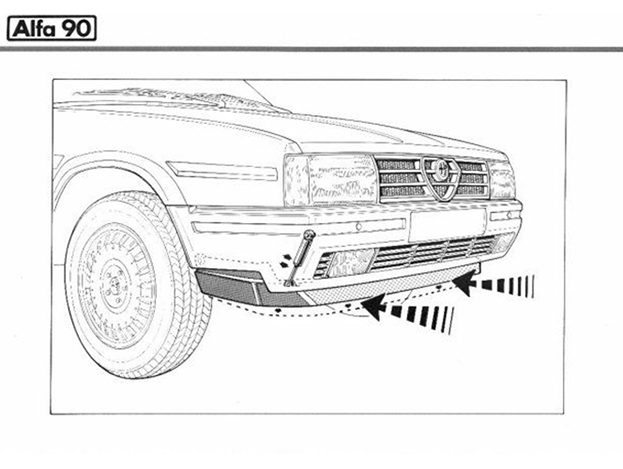
Disegno spoiler
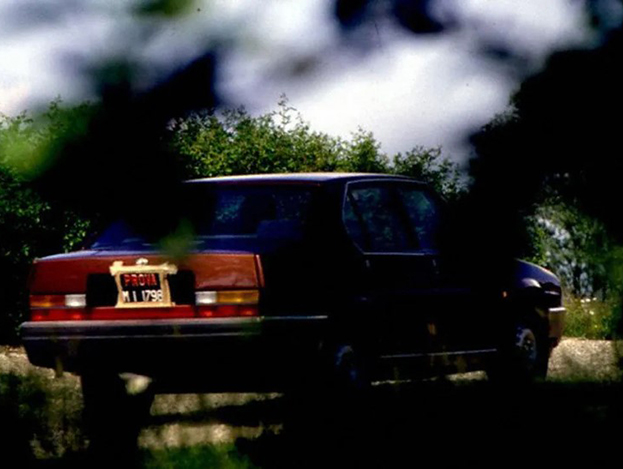
Prototipo in sosta
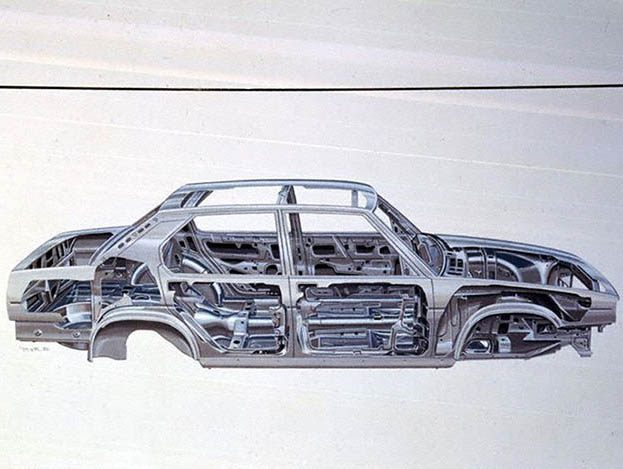
Telaio Alfa 90

Foto Alfa 90
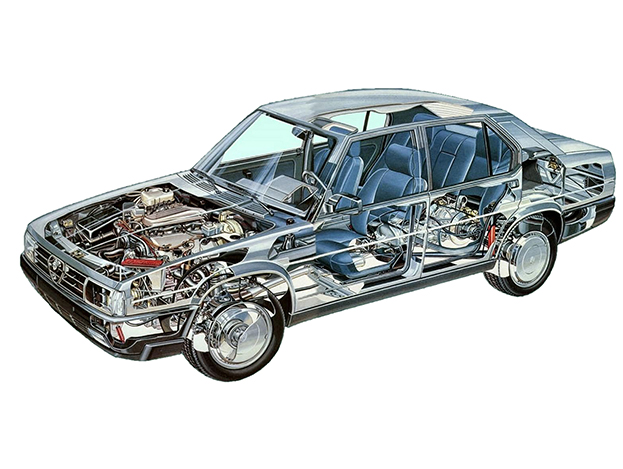
Spaccato Alfa 90
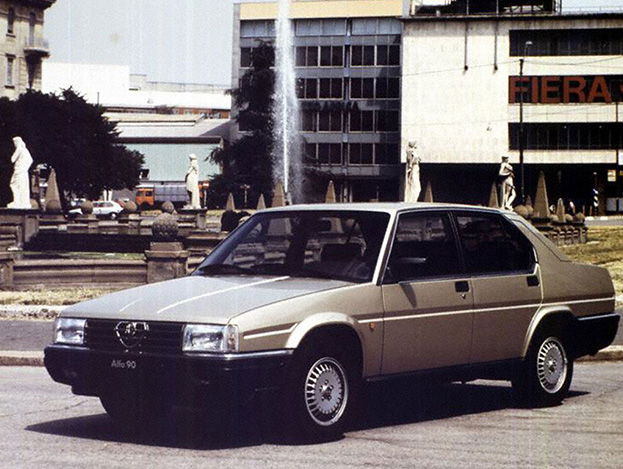
Foto Alfa 90
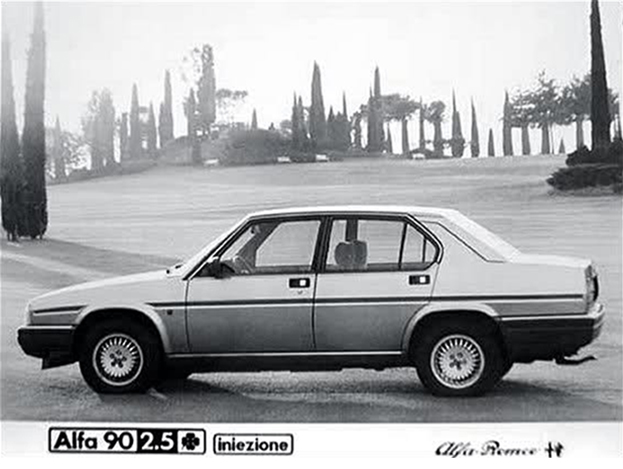
Foto Alfa 90
If they had been careful not to spend much for the “K2” project, the “K1” project was born in full economy. Floor, body and suspension were those of the New Giulietta, like the door lock inherited without modifications to the sheet metal. Mostly the changes were more mimetic than substantive.
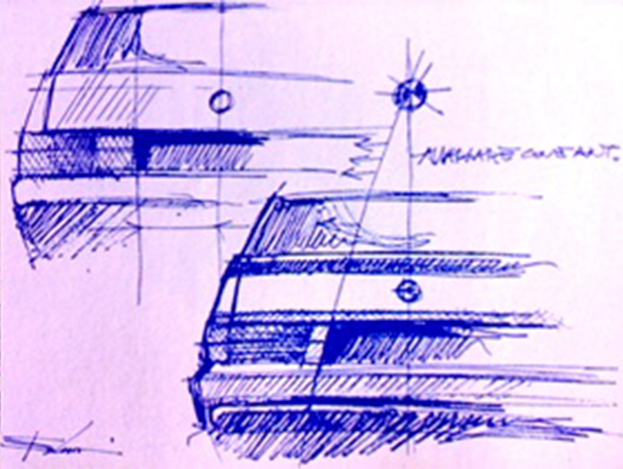
Disegni Studio Alfa 75
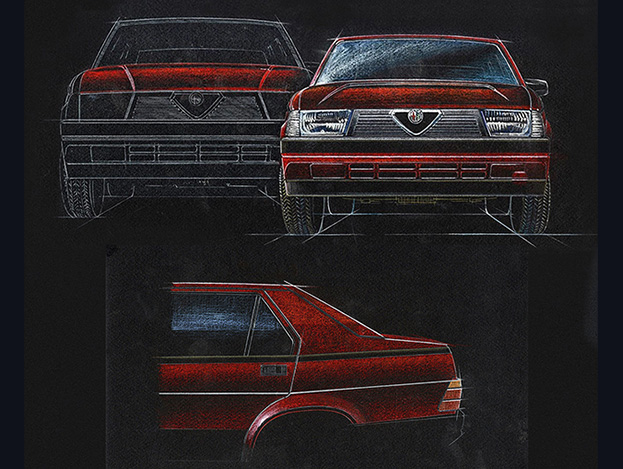
Disegni Studio Alfa 75
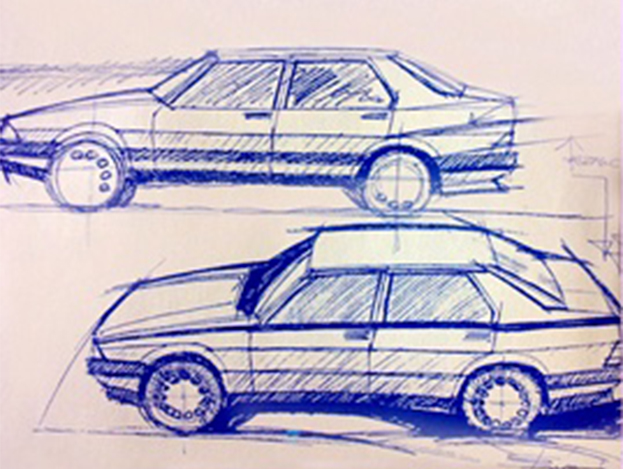
Disegni Studio Alfa 75
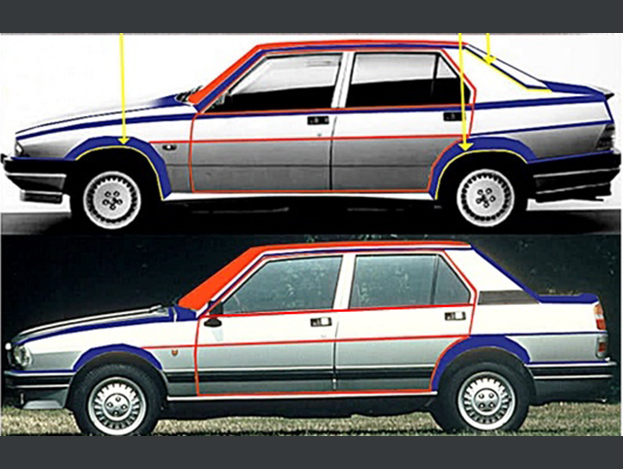
Alfa 75 Portiere
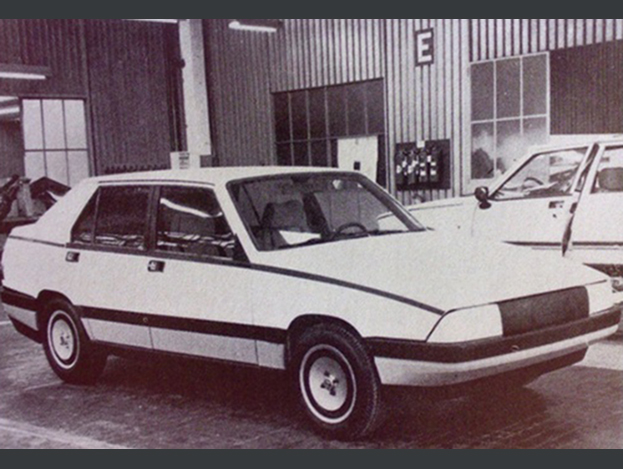
Alfa 75 Prototipo
In fact, the Style Center led by Cressoni chose the solution of inserting a dark gray plastic molding, which ran along the belt, which emphasized the wedge profile and aesthetically lighten the side, also modifying the design of the doors. The slim front featured two trapezoidal headlamps and a grille with horizontal slats with a small shield. Behind two large optical groups it was joined by a thin upper reflective strip.
The interior was not particularly "modern", but the dashboard was very effective and ergonomic. In the middle of the front seats the handbrake with handle, already used on the Alfa 90. Unfortunately the finishes were not very accurate as one would expect for a car of that range and performance, at least in the first years of production. However, even if the result was not extraordinarily innovative, however, it was appreciated and sales went immediately well. From the presentation to the public in May 1985 and after various versions and variations on the theme it was sold until 1992.
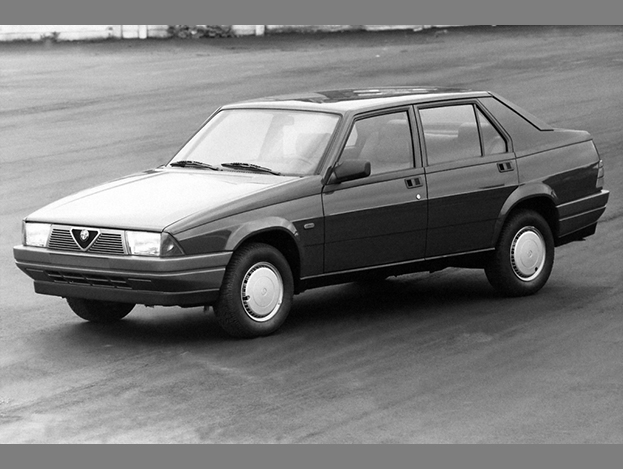
Alfa 75 1.6
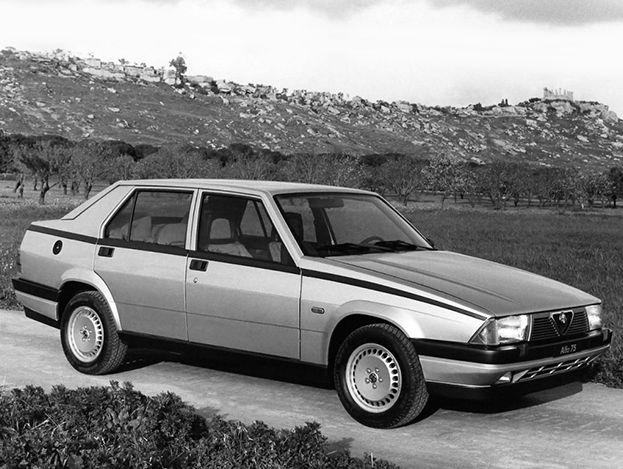
Alfa 75 2.5 QV
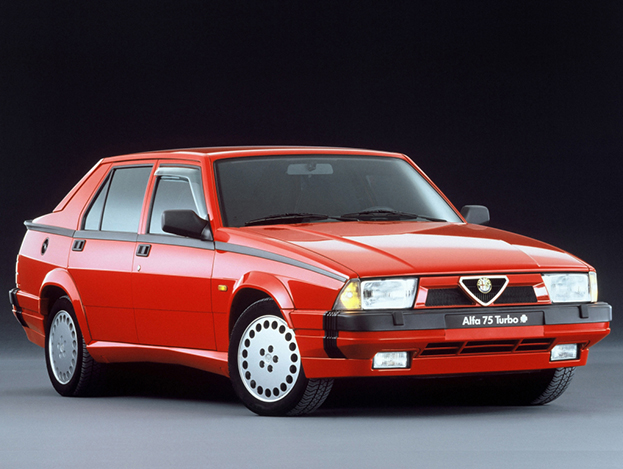
Alfa 75 Turbo
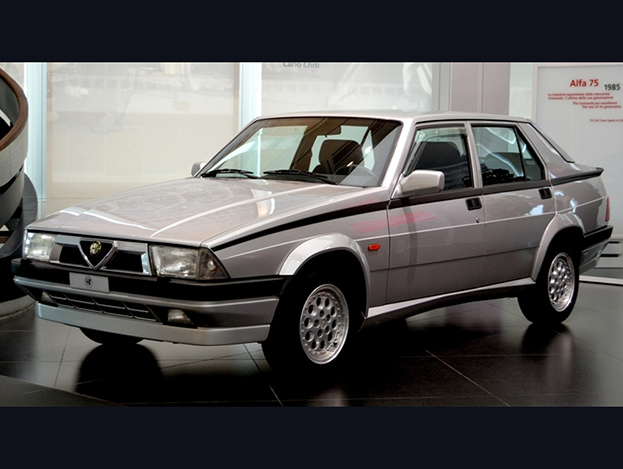
Alfa 75 2.0